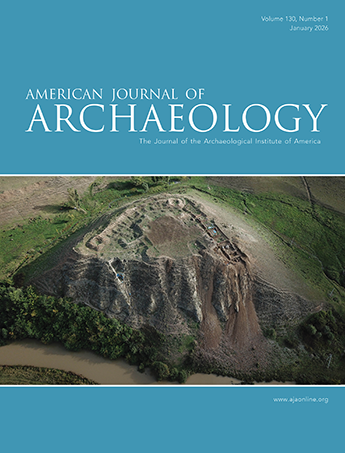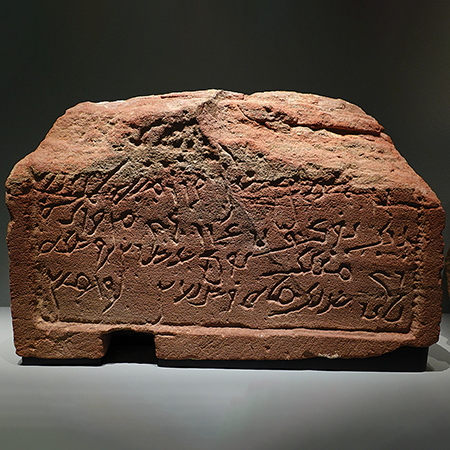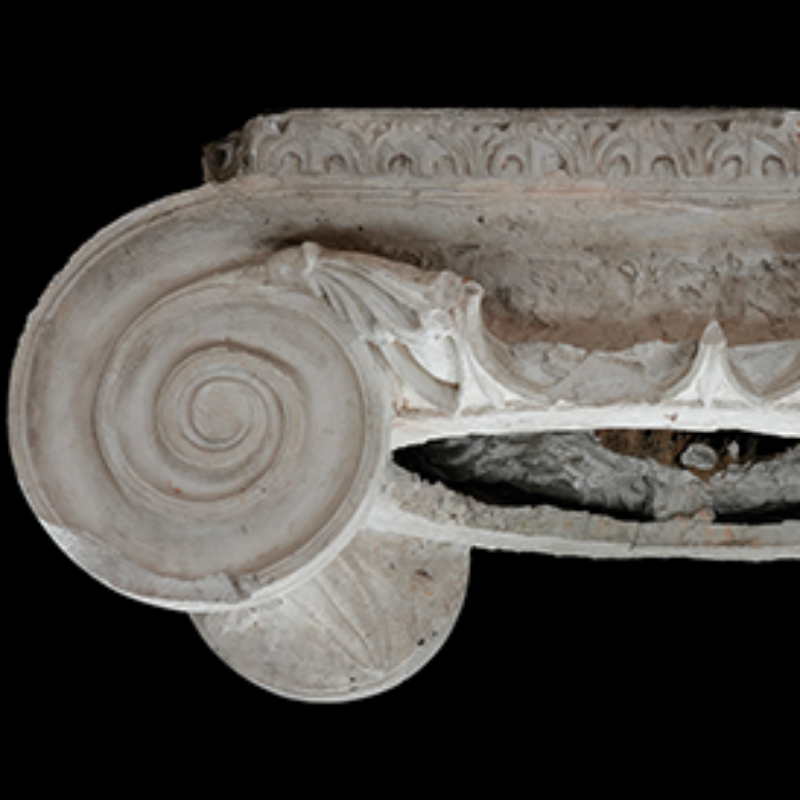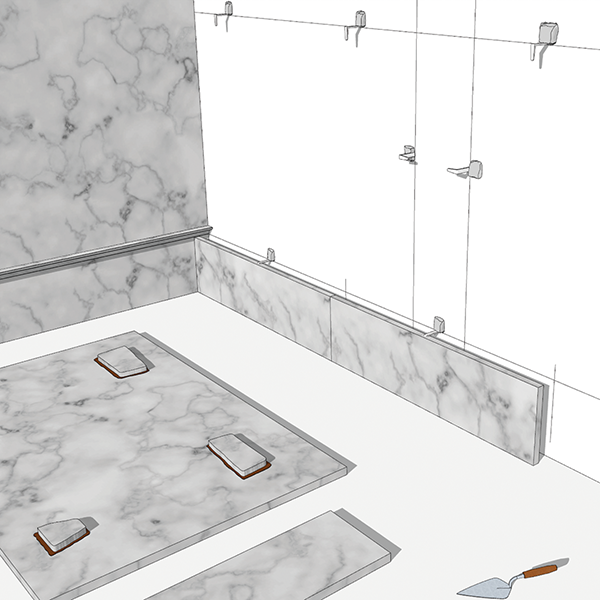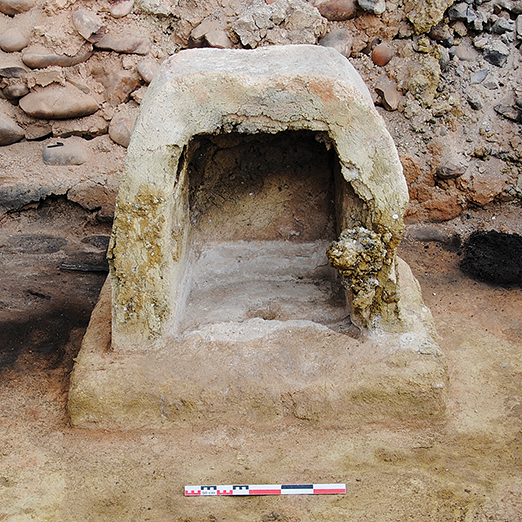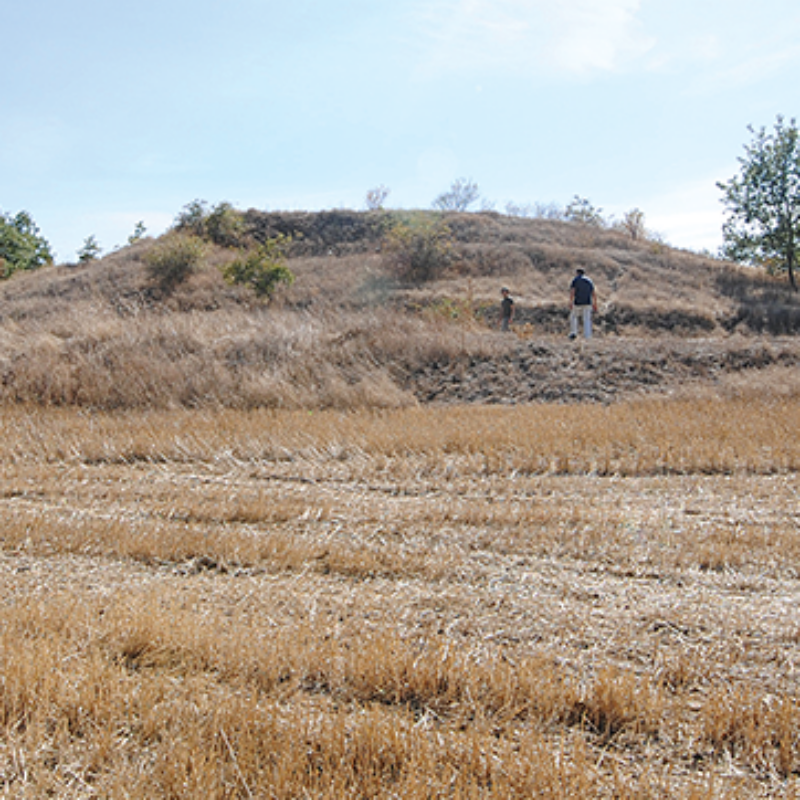Call for Applications: Editor-in-Chief
Learn more and applyAccess the AJA
Individual subscriptions are available as part of an AIA membership.
More ways to accessMuseum Exhibitions
Current and upcoming museum exhibitions related to topics within the scope of the journal
Book Reviews
Open access online-only book reviews and list of books available for review
Permissions & Reprints
Questions about reusing materials found on this website or published in the journal?
Author Guide
Submission guidelines, editorial policies, manuscript preparation, and more information for AJA authors
